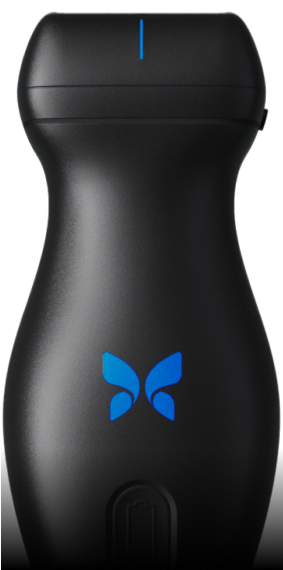iQ3™
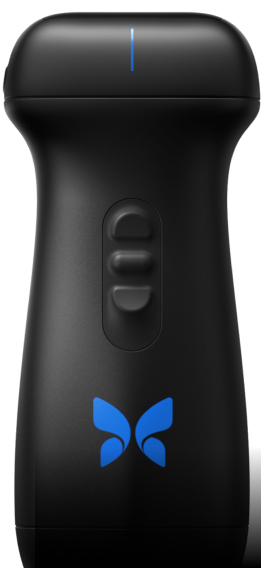
1-12 MHz
frequency
Image quality
improvements from iQ+
25 Hz (Abdomen)
frame rate
Faster charging
takes 2h to full charge
Faster re-charging time
3 buttons
depth, gain, mode changeable
Easier ergonomics
for image capture
Next generation chip
9.6 Gb/s data transfer rate
Improved color flow

808 mm2
probe face
iOS and Android compatible

3-year warranty

